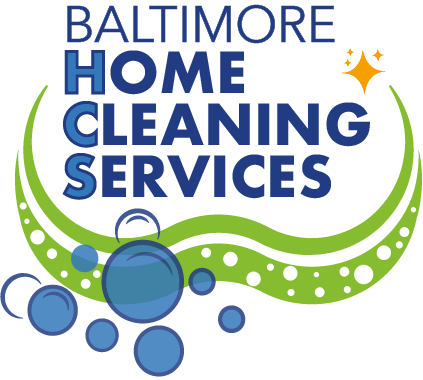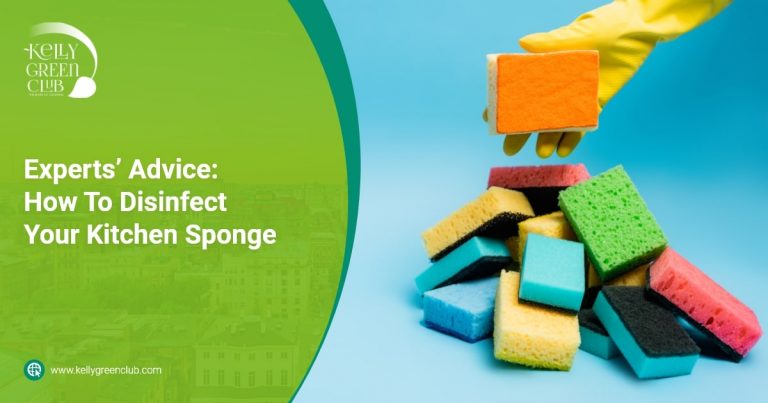For some people, spring means beautiful flowery days; for others, it means nasal congestion, sneezing, and watery eyes. Prepare yourself for spring! During this season, allergy triggers are more common. Keep reading this blog to learn what causes spring allergies and some tips to avoid them.
How to fight back spring allergies: causes and tips
Allergy symptoms occur when your immune system reacts to a foreign substance in your body, typically unharmful. These substances, also called allergens, can be certain foods, pet dander, dust, or pollen.
Common spring allergens
Tree pollen
Trees are dormant during fall and winter. However, in late winter, trees come back to life and start releasing pollen into the air. Your body may be reacting to some types of tree pollen. Airborne tree pollen can be on higher numbers during warmer spring mornings, making allergic reactions usual.
Grass pollen
Like trees, grass and weeds release pollen during spring. Maybe you are not allergic to all types of grass; that’s why it’s essential to identify which ones trigger your symptoms to reduce your exposure. You can minimize airborne pollen by keeping your grass trimmed and weed-free.
Mold
Generally, mold stops growing during cold seasons until the warm weather of spring arrives. It can appear and grow on damp surfaces or walls exposed to moisture. Mold spores can trigger allergic reactions, but they also can cause throat irritation and other health issues. Getting rid of visible mold should be a priority during spring cleaning to avoid allergies.
Dust mites
Dust mites are microscopic organisms living mostly on beddings and mattresses. They are a common indoor allergen. Just like mold, dust mites thrive in warm and humid environments. To reduce this allergen’s presence on your bed, wash your bedding with hot water weakly.
Don’t forget Spring cleaning
There are useful cleaning hacks to reduce allergens during spring. Deep cleaning and decluttering your home help reduce indoor allergens like dust and mold. Laundering your bedding or cleaning furnishings and carpets can reduce the number of allergens significantly.
Filter your indoor air
Now is an excellent time to make sure your air conditioner is working correctly. Although leaving your windows open during warm days can be tempting, you should keep your windows closed to prevent pollen and dust from entering your home. This way, your air conditioner can filter your indoor air. A HEPA or small-particle filter in your system is the top choice to stop pollen and other allergens.
Avoid triggers
You can google the pollen count along with the weather. If you want to evade allergies, consider staying indoors when the pollen count is higher—usually on warm and windy mornings during spring. Keep this in mind while scheduling your activities.
Get tested and treated
You can be allergic to certain kinds of trees or grass. Getting tested to know the things you should avoid can help you prevent allergy symptoms. Also, some medications can help you lessen symptoms. Remember that allergies can go from a runny nose to breathing problems, don’t wait and get the right treatment as soon as possible.
These are some common spring allergies and house cleaning tips to combat spring allergies. Spring can be a wonderful time, and even more, if you keep your home clean and without allergy triggers!. Kelly Green Club can help you with your spring cleaning. We are a local company with experienced and well-trained personnel looking to exceed your expectations. Get your quote here!



